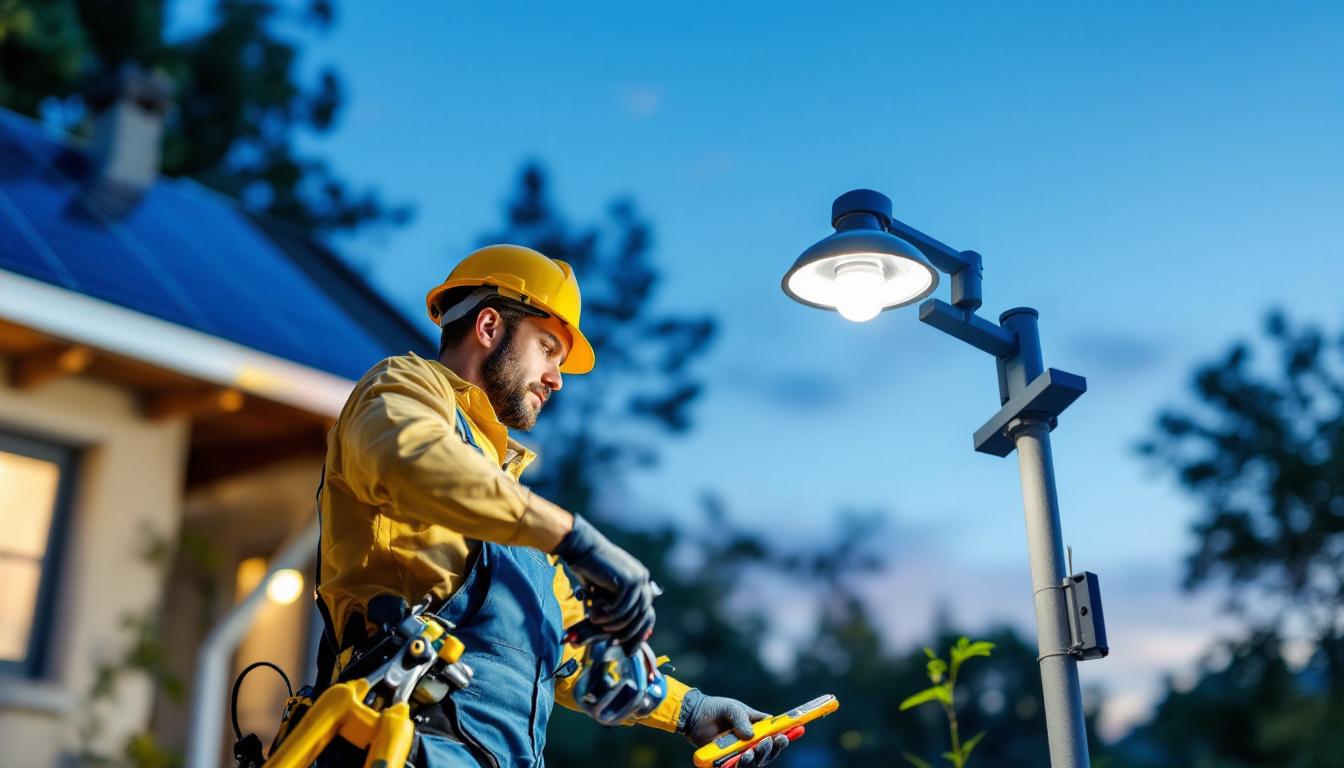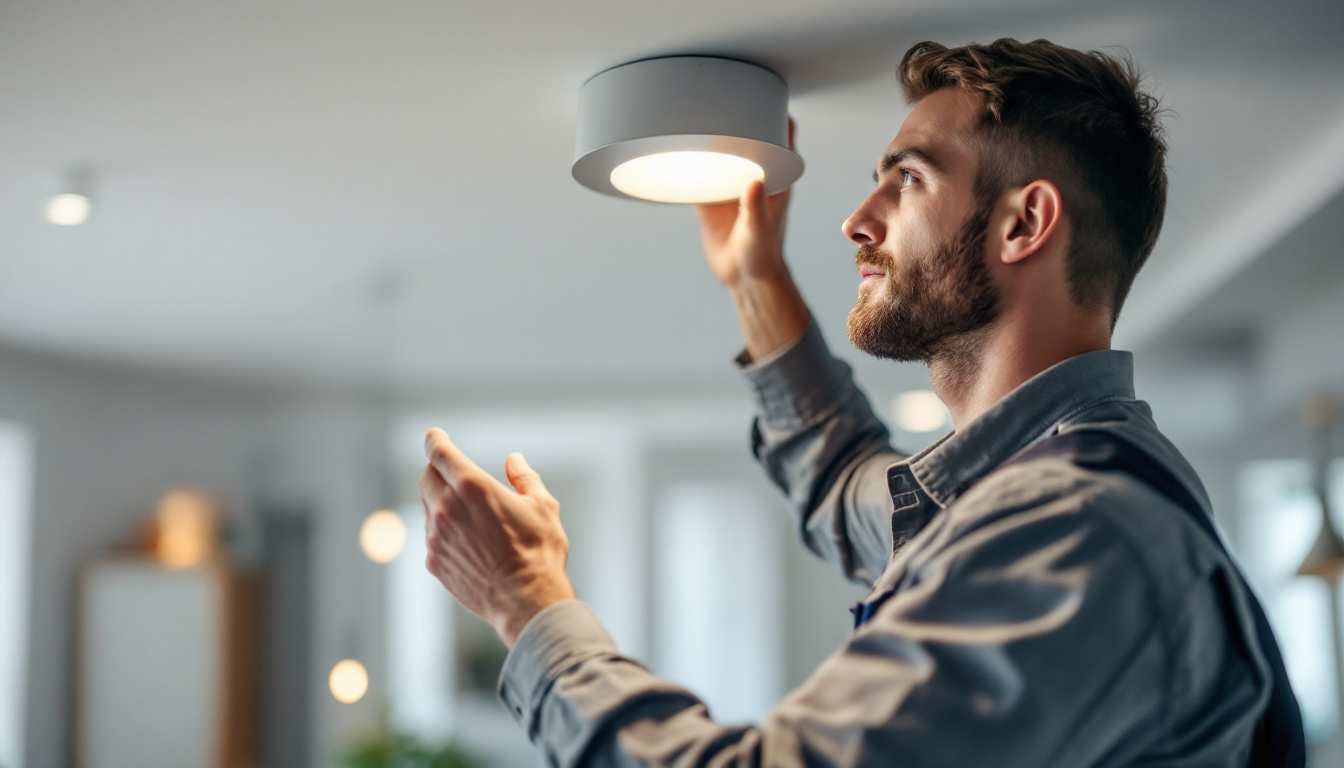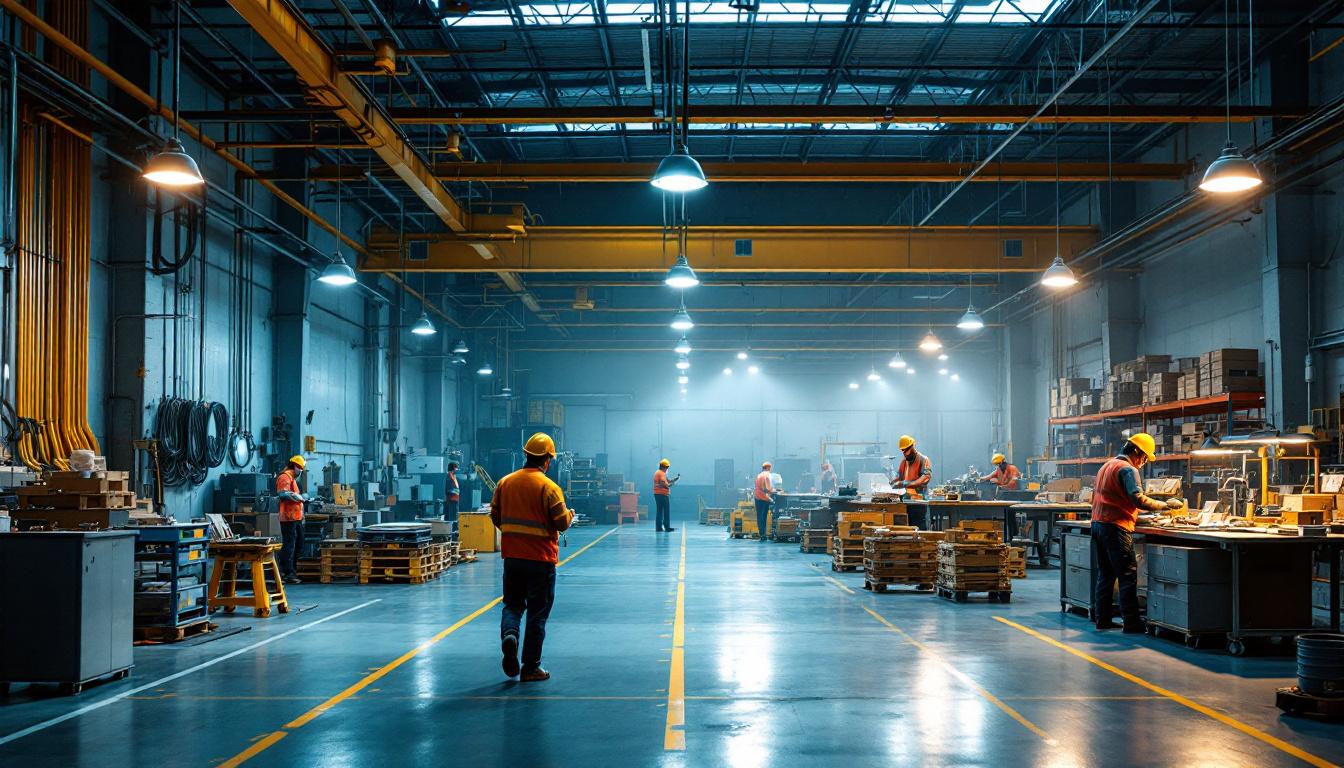
As the demand for sustainable energy solutions continues to rise, solar lighting has become a popular choice for both residential and commercial properties. However, lighting contractors often face challenges when it comes to replacing solar light bulbs. Understanding these challenges and knowing how to avoid them can significantly enhance the service provided to clients. This article explores the common issues faced during solar light bulb replacement and offers practical solutions to ensure a smooth process.
Before diving into the replacement process, it’s crucial for lighting contractors to have a solid understanding of solar light technology. Solar lights operate by converting sunlight into electricity, which is stored in batteries and used to power LED bulbs. This technology not only promotes energy efficiency but also reduces electricity costs for homeowners and businesses.
However, the effectiveness of solar lights can be influenced by various factors, including the quality of the solar panel, the type of battery used, and the efficiency of the LED bulb. Each of these components plays a critical role in the overall performance of the solar lighting system, making it essential for contractors to be well-versed in their functionalities.
Solar lighting systems consist of several key components: the solar panel, battery, LED bulb, and sometimes, a controller. The solar panel captures sunlight and converts it into electrical energy. This energy charges the battery, which powers the LED bulb when the sun sets. Understanding how these components interact can help contractors diagnose issues more effectively.
For instance, if a solar light is not functioning, it could be due to a malfunctioning solar panel, a depleted battery, or a faulty LED bulb. By knowing the roles of each component, contractors can quickly identify the source of the problem and take appropriate action.
Lighting contractors frequently encounter several issues when replacing solar light bulbs. These can range from simple problems, such as a blown bulb, to more complex issues involving the entire solar lighting system. Recognizing these common issues can help contractors streamline their replacement process.
Some of the most prevalent problems include inadequate sunlight exposure, battery failure, and compatibility issues with replacement bulbs. Each of these challenges requires a different approach to resolve, making it essential for contractors to be prepared for a variety of scenarios.
Preparation is key when it comes to replacing solar light bulbs. Contractors should take the time to assess the current lighting system and identify any underlying issues before proceeding with the replacement. This proactive approach can save time and resources in the long run.
One important step in the preparation process is to conduct a thorough inspection of the solar light. This includes checking the solar panel for dirt or debris that may be obstructing sunlight, examining the battery for signs of corrosion or damage, and testing the LED bulb to determine if it is indeed the source of the problem.
The solar panel is a critical component of any solar lighting system. If it is dirty or damaged, it may not be able to effectively capture sunlight, leading to inadequate charging of the battery. Contractors should clean the panel with a soft cloth and mild detergent to ensure optimal performance. Additionally, checking for any cracks or physical damage is essential, as these can significantly impact the panel’s efficiency.
In some cases, the location of the solar panel may also need to be evaluated. If the panel is shaded by trees or buildings for a significant portion of the day, it may not receive enough sunlight to function properly. In such situations, relocating the panel to a sunnier spot may be necessary.
The battery is another crucial component that requires careful evaluation. Over time, batteries can lose their ability to hold a charge, leading to diminished performance of the solar light. Contractors should check the battery’s voltage and look for any signs of leakage or corrosion, which can indicate that it needs to be replaced.
When replacing the battery, it’s essential to choose one that is compatible with the solar light system. Using the wrong type of battery can lead to further issues down the line, so contractors should always refer to the manufacturer’s specifications when selecting a replacement battery.
Once the solar panel and battery have been assessed, the next step is to choose the right replacement bulb. Not all LED bulbs are created equal, and selecting the wrong one can lead to compatibility issues and poor performance. Contractors should consider several factors when making their selection.
LED bulbs come with various specifications, including wattage, lumens, and color temperature. Understanding these specifications is essential for ensuring that the replacement bulb meets the needs of the lighting system. For instance, the wattage of the replacement bulb should match that of the original bulb to avoid overloading the system.
Additionally, the lumen output of the bulb should be considered. If the replacement bulb emits significantly fewer lumens than the original, it may not provide adequate illumination. Conversely, a bulb with too high a lumen output can be overpowering and may lead to increased energy consumption.
Compatibility is another critical factor when selecting a replacement bulb. Contractors should ensure that the replacement LED bulb is designed for use in solar lighting systems. Some LED bulbs are specifically engineered to work with solar technology, while others may not perform well in such applications.
It’s also important to consider the voltage requirements of the replacement bulb. Using a bulb with a different voltage rating can lead to system failure or even damage to the solar lighting system. Always consult the manufacturer’s guidelines to ensure proper compatibility.
Once the appropriate replacement bulb has been selected, the installation process can begin. Proper installation is crucial to ensure the longevity and performance of the solar light. Contractors should follow a systematic approach to avoid common pitfalls during installation.
Before starting the installation, contractors should take necessary safety precautions. This includes wearing gloves to protect against sharp edges and ensuring that the solar light is turned off to prevent electrical shock. Additionally, using tools that are appropriate for the job can help prevent accidents and ensure a smooth installation process.
Contractors should also be mindful of their surroundings while working. If the solar light is installed in a public area, it’s essential to ensure that the work zone is clearly marked to prevent accidents involving passersby.
The installation process for replacing a solar light bulb typically involves several steps:
By following these steps, contractors can ensure that the replacement process is efficient and effective, minimizing the risk of future issues.
After the replacement has been completed, there are several post-installation considerations to keep in mind. These can help ensure that the solar light continues to perform optimally and that clients remain satisfied with the service provided.
Once the new bulb has been installed, it’s essential to test the solar light to ensure that it is functioning correctly. This includes checking that the light turns on at dusk and off at dawn, as well as verifying that the illumination level meets the client’s expectations. If any issues arise during testing, contractors should be prepared to troubleshoot and address them promptly.
Testing the system also provides an opportunity to educate clients about the importance of maintaining their solar lighting systems. Providing guidance on how to care for the solar light, such as cleaning the solar panel regularly and monitoring battery performance, can help extend the lifespan of the system.
Effective communication with clients is vital throughout the replacement process. Contractors should keep clients informed about the status of the replacement, any challenges encountered, and the steps taken to resolve them. This transparency helps build trust and ensures that clients feel confident in the services provided.
Additionally, contractors should encourage clients to reach out with any questions or concerns after the installation. Providing ongoing support can enhance client satisfaction and lead to repeat business or referrals in the future.
Replacing solar light bulbs can present challenges for lighting contractors, but with the right knowledge and preparation, these issues can be effectively managed. By understanding solar light technology, assessing components, choosing compatible replacement bulbs, and following a systematic installation process, contractors can ensure a smooth and successful replacement experience.
Ultimately, the goal is to provide clients with reliable and efficient solar lighting solutions that enhance their properties while promoting sustainability. By prioritizing quality service and effective communication, lighting contractors can build lasting relationships with their clients and contribute to the growing demand for solar energy solutions.
Ready to elevate your lighting projects with the best solar lighting products on the market? Look no further than LumenWholesale. Our commitment to quality and affordability ensures that you have access to spec-grade lighting that meets the highest industry standards. Say goodbye to inflated markups and hello to unbeatable wholesale prices, complemented by the convenience of free shipping on bulk orders. Don’t compromise on performance or cost. Wholesale Lighting at the Best Value is just a click away. Partner with LumenWholesale today and light up your projects with confidence and sustainability.

Discover essential insights into downlight lighting solutions tailored for contractors.

Discover the benefits of solar LED lights for outdoor spaces and learn how to enhance your lighting solutions with sustainable, cost-effective, and eco-friendly options.

Discover how solar lights can transform your flower beds into stunning nighttime displays.

Discover the benefits of low bay LED shop lights with insights from expert lighting contractors.